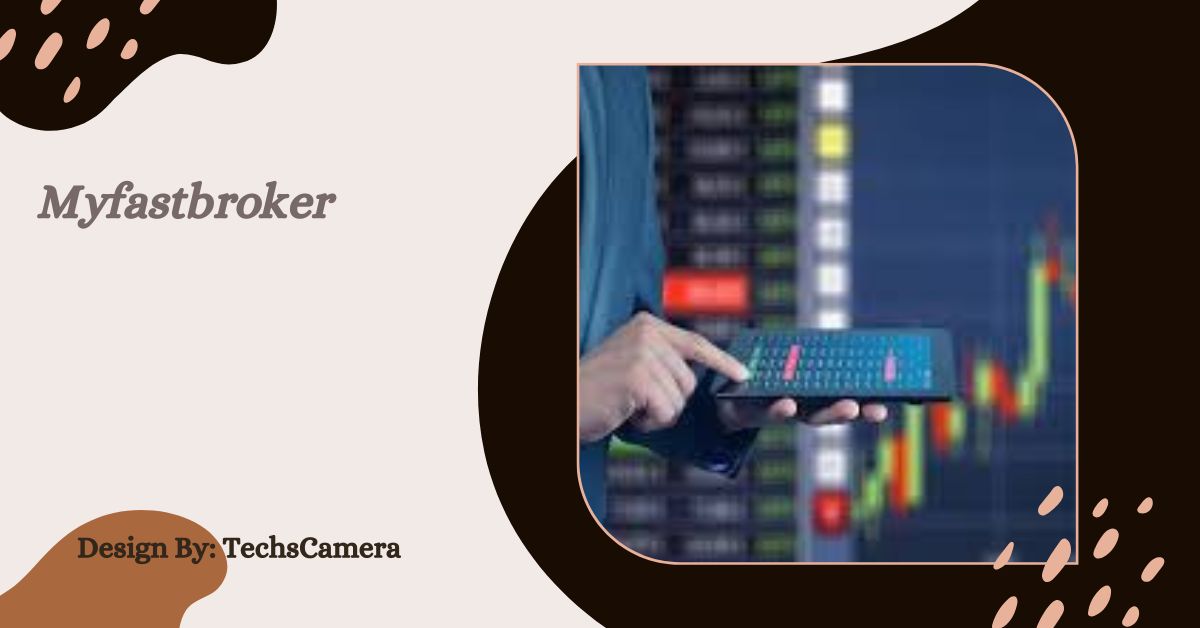PLG supplies, like Amplitude, Intercom, and Pendo, are essential tools for SaaS businesses to drive product-led growth, optimizing user onboarding, retention, and expansion through analytics, messaging, and feedback.
In today’s competitive SaaS landscape, Product-Led Growth (PLG) has emerged as a game-changing strategy for driving customer acquisition, retention, and expansion. By leveraging the product itself as the primary driver of growth, businesses can create seamless user experiences that convert free users into loyal customers.
But what are the PLG supplies—the essential tools, software, and resources—that make this strategy successful? In this comprehensive guide, we’ll explore the best product-led growth tools, dive into how they support SaaS growth strategies, and answer common questions like “How to implement product-led growth” to help your business thrive.
What Are PLG Supplies?
PLG supplies refer to the tools, platforms, and resources that empower SaaS companies to implement a product-led growth strategy. Unlike traditional sales-led or marketing-led approaches, PLG focuses on delivering value through the product itself, often via freemium model software, free trial software, or self-serve software solutions. These supplies include product analytics platforms, user onboarding solutions, customer retention software, and more, all designed to optimize the user journey and drive growth.
By integrating customer acquisition tools, in-app messaging tools, and product usage analytics, businesses can create a frictionless experience that encourages users to adopt, engage, and ultimately upgrade to paid plans. Let’s break down the key categories of PLG supplies and highlight the best tools for each.
Key Categories of PLG Supplies

1. Product Analytics Platforms
Understanding how users interact with your product is critical for PLG success. Product analytics platforms like Amplitude and Mixpanel provide deep insights into user behavior, helping you track SaaS metrics such as activation rates, retention, and feature adoption.
- Amplitude: A leading product analytics platform that helps businesses analyze user behavior and optimize product usage analytics. With features like cohort analysis and funnel tracking, Amplitude is ideal for identifying bottlenecks in the user journey.
- Mixpanel: Known for its robust user behavior tracking, Mixpanel allows SaaS teams to monitor events and create personalized experiences that drive user engagement.
Why It Matters: These tools answer questions like “How to track product usage metrics” by providing actionable data to refine your PLG strategy.
2. User Onboarding Solutions
Effective onboarding is the cornerstone of PLG, ensuring users quickly realize the product’s value. User onboarding solutions streamline the process of guiding new users through your product, reducing churn and boosting adoption.
- Intercom: A powerful in-app messaging tool, Intercom enables personalized onboarding flows, automated welcome messages, and targeted nudges to improve user experience optimization.
- Pendo: This product adoption platform combines onboarding guides with analytics to help users discover key features and achieve their “aha” moment faster.
Why It Matters: Tools like Intercom and Pendo address the search intent behind “Tools to improve user onboarding” by creating seamless, self-serve experiences that drive activation.
3. Customer Retention Software
Retaining users is just as important as acquiring them. Customer retention software helps SaaS businesses reduce churn and foster long-term loyalty.
- Gainsight: A leading customer success platform, Gainsight provides tools to monitor user health, identify at-risk customers, and drive SaaS expansion strategies.
- HubSpot: While known for customer acquisition tools, HubSpot also offers features to nurture existing users through automated workflows and personalized content.
Why It Matters: These platforms help answer “Tools for customer retention in SaaS” by ensuring users remain engaged and satisfied over time.
4. Conversion Rate Optimization Tools
Converting free users to paid customers is a core goal of PLG. Conversion rate optimization tools help optimize pricing pages, upgrade prompts, and user journeys to maximize revenue.
- Hotjar: A user experience insights tool, Hotjar uses heatmaps and session recordings to identify friction points in the conversion process.
- Typeform: This customer feedback software creates engaging surveys to gather insights on why users hesitate to upgrade, helping you refine your freemium model best practices.
Why It Matters: These tools tackle the question “How to optimize product adoption” by identifying and removing barriers to conversion.
5. Product Management and Collaboration Tools
PLG strategies require close collaboration between product, marketing, and customer success teams. Product management software and team collaboration tools keep everyone aligned.
- Productboard: A product management software that helps teams prioritize features based on user feedback and align with growth strategy resources.
- Slack: As a team collaboration for PLG teams tool, Slack enables seamless communication to ensure your PLG strategy is executed effectively.
Why It Matters: These tools support the broader goal of aligning your team around a product-led marketing strategy.
Also Read: Luther Editor Social Media Maven Keezy.Co – Full Guide!
How to Implement Product-Led Growth with PLG Supplies?
To successfully implement a PLG strategy, you need to leverage the right PLG supplies to create a user-centric experience. Here’s a step-by-step guide:
- Define Your Value Metric: Identify the key action that delivers value to users (e.g., sending a message in a communication app). Tools like Amplitude or Mixpanel can help track this metric.
- Optimize Onboarding: Use Intercom or Pendo to create guided tours and in-app prompts that help users reach their “aha” moment quickly.
- Track User Behavior: Implement product usage analytics to monitor how users engage with your product and identify opportunities for improvement.
- Personalize Engagement: Use in-app messaging tools to deliver targeted messages that encourage users to explore advanced features or upgrade.
- Gather Feedback: Leverage Typeform or Hotjar to collect user feedback and refine your user experience optimization efforts.
- Monitor Retention: Use Gainsight to track user health scores and proactively address churn risks.
- Drive Expansion: Implement viral loop marketing tools to encourage users to invite others, amplifying your SaaS expansion strategies.
By combining these steps with the right PLG supplies, you can create a scalable growth engine that drives long-term success.
Best Tools for PLG Strategy: A Comparison
To help you choose the right product-led growth tools, here’s a quick comparison of top platforms:
| Tool | Key Features | Best For |
| Amplitude | Cohort analysis, funnel tracking | Product usage analytics |
| Mixpanel | Event tracking, user segmentation | User behavior tracking |
| Intercom | In-app messaging, automated onboarding | User onboarding solutions |
| Pendo | Product adoption guides, analytics | Product adoption tools |
| Gainsight | User health scores, churn prevention | Customer retention software |
| HubSpot | CRM, automated workflows | Customer acquisition tools |
| Hotjar | Heatmaps, session recordings | Conversion rate optimization tools |
| Typeform | Surveys, feedback forms | Customer feedback software |
| Productboard | Feature prioritization, roadmap planning | Product management software |
| Slack | Team communication, integrations | Team collaboration for PLG teams |
Pro Tip: Many of these tools offer free trial software or freemium model software, allowing you to test them before committing.
Addressing Common Questions About PLG Supplies
What Is Product-Led Growth in SaaS?
Product-led growth is a strategy where the product itself drives acquisition, retention, and expansion. Unlike traditional models that rely on sales teams or heavy marketing, PLG uses self-serve software solutions to let users experience value firsthand, often through free trials or freemium models.
How to Choose the Best Tools for PLG Strategy?
When selecting PLG supplies, consider:
- Scalability: Can the tool grow with your business?
- Ease of Use: Does it support SaaS onboarding automation?
- Integration: Does it work with your existing stack (e.g., Slack, HubSpot)?
- Cost: Does it fit your budget, especially if offering freemium model software?
How to Optimize Product Adoption?
To boost adoption, focus on user onboarding solutions like Intercom or Pendo, use product analytics platforms to identify drop-off points, and incorporate customer feedback software to address user pain points.
Alternative Context: Plumbing Supplies

If you meant “PLG supplies” as a shorthand for plumbing supplies, the focus shifts to tools and materials for plumbing projects. Essential plumbing tools include pipe wrenches, drain augers, and plumbing repair kits, while plumbing fixtures like Moen faucets or Kohler sinks are popular choices. Retailers like Home Depot and Lowe’s offer a wide range of pipe fittings, PVC pipes, and copper tubing for both DIY and professional projects.
For an SEO-optimized article on plumbing supplies, you’d focus on keywords like “best plumbing supplies for home repair,” “where to buy plumbing tools,” and “affordable pipe fittings.” However, since the primary context seems to be Product-Led Growth, we’ve prioritized that interpretation.
Why PLG Supplies Matter for SaaS Businesses?
Investing in the right PLG supplies can transform your SaaS business by:
- Reducing Acquisition Costs: Freemium model software and free trial software attract users without heavy marketing spend.
- Improving Retention: Customer retention software like Gainsight ensures users stay engaged.
- Driving Expansion: Viral loop marketing tools encourage users to invite others, amplifying growth.
- Enhancing User Experience: User experience optimization tools like Hotjar create a seamless journey from signup to conversion.
By leveraging product-led growth tools, SaaS companies can build a sustainable growth model that scales efficiently.
FAQs:
1. What are the best PLG supplies for startups?
Top PLG supplies for startups include Amplitude for analytics, Intercom for onboarding, and Typeform for feedback. These tools optimize user engagement and growth while fitting tight budgets.
2. How do PLG supplies improve user retention?
PLG supplies like Gainsight and HubSpot track user health and personalize engagement. They identify at-risk users and deliver targeted in-app messages to boost retention and reduce churn effectively.
3. Can PLG supplies work for non-SaaS businesses?
Yes, PLG supplies like Pendo and Hotjar can benefit non-SaaS businesses by enhancing user experience and tracking engagement, though they’re most effective for digital products with self-serve models.
4. How do PLG supplies support freemium models?
PLG supplies like Mixpanel and Intercom support freemium models by analyzing user behavior and guiding free users to premium features, increasing conversions through targeted onboarding and engagement strategies.
5. What role do analytics play in PLG supplies?
Analytics tools like Amplitude and Mixpanel track product usage and user behavior, helping businesses optimize onboarding, identify drop-off points, and refine strategies to drive product-led growth effectively.
Conclusion
PLG supplies are vital for SaaS success, empowering businesses to drive growth through user-centric tools like Amplitude, Intercom, and Gainsight. By optimizing onboarding, retention, and expansion, these tools create seamless experiences that convert and retain users. Whether you’re a startup or an established company, leveraging product analytics, in-app messaging, and feedback platforms ensures sustainable growth. Start exploring free trials of these PLG supplies to build a scalable, product-led strategy that transforms your business in today’s competitive market.



















Leave a Reply